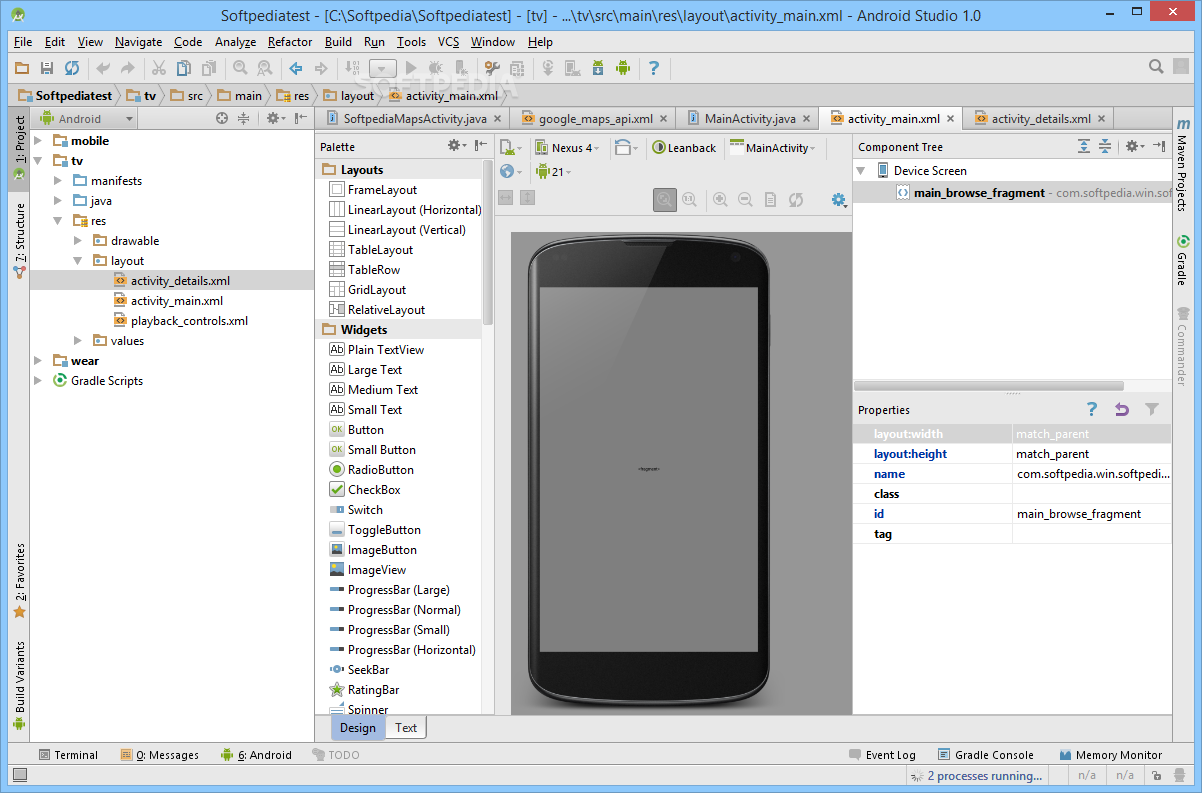Download Hardware Profiles For Android Studio
- Download Samsung Hardware Profiles For Android Studio
- Download Hardware Profiles For Android Studio 64-bit
Support and Downloads. Are there hardware profiles for zebra devices that can be used when creating virtual devices in android studio? One of the strange but welcome spin offs from the Visual Studio 2015 launch is that the Microsoft Android emulator is now available as a standalone download. It works with Visual Studio and Eclipse. The reasoning behind Microsoft creating and supplying an Android emulator isn't clear, but if you are using Android Studio it is well worth. A user profile screen UI design in XML using Android Studio. Hope you find it useful. Thanks for watching. A user profile screen UI design in XML using Android Studio. Hope you find it useful. To create a hardware profile starting with a copy: In the Select Hardware page, select a hardware profile and click Clone Device. Or right-click a hardware profile and select Clone. In the Configure Hardware Profile page, change the hardware profile properties as needed. Your new hardware profile appears in the Select Hardware page.
Tips > Hardware Emulation
|
Introduction
To start developing apps for Fire tablets, set up your development environment using the standard tools for Android development.
Setting Up Android Studio
Ppsspp gold psp emulator for pc. See Getting Started with Android Studio for information about setting up the Android Studio development environment. If you have an existing installation of Android Studio or the Android Gradle Plugin, refer to Android Tools Version Compatibility to ensure that they are compatible.
Obtaining the Windows USB Driver
If you are a Windows-based developer, you will need to manually download the Windows USB driver. (This driver was previously included in the SDK add-on.) See Connect to Fire Tablet through ADB for instructions on downloading the driver and setting up your tablet and computer.
Native Code Development (Optional)
Fire tablets support apps that include native code compiled with the Android NDK.

Download Samsung Hardware Profiles For Android Studio
The following table shows the NDK revision for compiling your native-code apps to take advantage of the features available on Fire devices. For information about installing the NDK, see Android NDK.
| Tablet | Compile native-code apps with |
|---|---|
| Fire (2015) and later tablets | Android Studio 2.2 or later with integrated CMake or NDK |
| Fire HDX 8.9 (2014) Fire HD 7 (2014) Fire HD 6 (2014) | Android NDK Revision 9b or later |
| Fire Phone Kindle Fire HDX 8.9' (2013) Kindle Fire HDX 7' (2013) Kindle Fire HD 7' (2013) | Android NDK Revision 8e or later |
| Kindle Fire HD 8.9' (2012) Kindle Fire HD 7' (2012) Kindle Fire 7' (2012) | Android NDK Revision 7 or later |
| Kindle Fire (2011) | Android NDK Revision 5 or later |
Download Hardware Profiles For Android Studio 64-bit
Last updated: Oct 29, 2020



